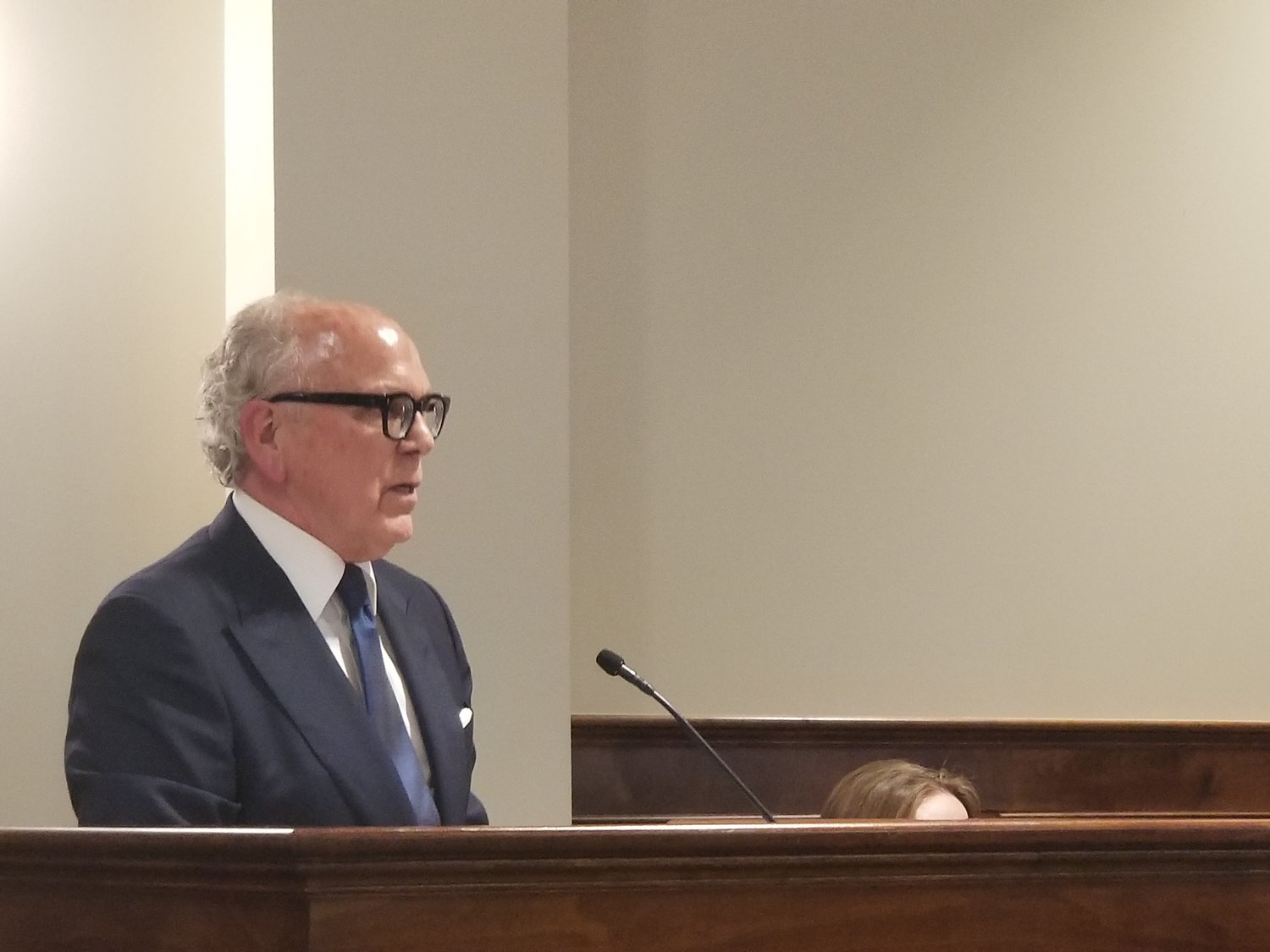Katy City Council reluctantly approves cell tower at Katy JHS
Katy City Council approved a special use permit that will allow Ecosite II, LLC and T-Mobile to install a 140-foot tall cell tower at the Katy Junior High School Campus at their Feb. 24 meeting. The …
This item is available in full to subscribers.
Attention subscribers
To continue reading, you will need to either log in to your subscriber account, below, or purchase a new subscription.
Please log in to continue |
Katy City Council reluctantly approves cell tower at Katy JHS
Katy City Council approved a special use permit that will allow Ecosite II, LLC and T-Mobile to install a 140-foot tall cell tower at the Katy Junior High School Campus at their Feb. 24 meeting. The tower is expected to provide relief for overtaxed towers to the east of town and improve cell coverage in downtown Katy, T-Mobile Radio Frequency Engineer Craig Donaldson said.
“We believe we’ve shown that without this approval there will be a significant delay,” said Bebb Francis, an attorney representing the project.
The tower, which was approved due to legal concerns based upon updates to the federal Telecommunications Act which are worded to prevent such delays, is expected to provide about a 1-mile coverage area that will relieve congestion of the towers to the east of town which are run by AT&T and Verizon, Donaldson said. The tower was originally brought before council at their Jan. 13 meeting. However, a decision was bumped to the Feb. 24 meeting after council members requested Ecosite II and T-Mobile provide more information about the project. Primary concerns at the time included creating an eyesore near residential zones and some inconsistencies in the group’s presentation regarding the project.
At the time, Council Member Janet Corte said she was unsure if the cellular provider and its consultants had really thought through the location, based upon the information provided. However, consultants for the project indicated that about two years of development and planning had gone into the project and a denial would have reset that clock, lengthening the time it would take to improve coverage for city residents.
“A denial tonight will result in a minimum two-year delay to address and find a solution to this gap [in cellular service],” said Bebb Francis.
However, at Monday’s city council meeting it was apparent that council members had done more research and the consultants had pulled together better data to present.
While the council’s vote showed unanimous approval of council members present – Council Member Frank Carroll III was absent – of the tower, which will reach a total height of 150 feet once a 10-foot lightning rod is added to it, council members expressed frustration that they felt they’d been forced to approve the tower after consulting with City Attorney Art Pertile III. Pertile explained to the council that, under the Federal Telecommunications Act, the city essentially had to either approve the tower or could result in a costly and near-certain courtroom loss which would still result in the tower’s construction because T-Mobile and Ecosite II had met the requirements under that federal law which supersedes local authority such as the city council’s.
“What their burden is to show exactly what is, is they’re saying, is that if they can show that they’ve exhausted looking at [locations] and if they were to have to choose another site it would cause an extensive delay and they would have the right to put the tower [at the proposed site],” Pertile said.
Pertile added that, if T-Mobile and Ecosite II agreed to the shorter tower presented at the meeting they would be unable to fight it in court to try to put up the taller tower which was originally planned because they had agreed to the smaller tower by presenting it at the meeting.
Council Member Janet Corte and Mayor Pro Tem Chris Harris said they had met with project stakeholders to find out more information prior to the council meeting and had asked if moving the tower to the city’s public works facility would serve as well as the new location. However, Donaldson said the public works site was too far to the west and would not relieve congestion on the eastern towers which is one of the main purposes of the project.
Facing such issues, council members tried to make the best of the situation they said they felt forced into. Harris indicated that he felt that not placing the tower at the public works area would save trees and park space, while Mayor Bill Hastings confirmed with police chief Noe Diaz that police had recently experienced poor cell reception while conducting a training exercise at Katy Junior High School – where the tower will be constructed behind some outbuildings away from the main school building.
Francis said a possible location near Brookshire Bros. on Franz Road was rejected because it would have put the tower within 150 feet of homes.
Donaldson said other nearby locations, such as near Legacy Stadium, were rejected for a variety of reasons including proximity to homes, nearby utility and gas infrastructure and proximity to a playground for young children.
Corte expressed disappointment that the project stakeholders had not approached city council earlier in the planning process and Francis indicated that he would suggest his clients approach the city earlier to avoid future controversy moving forward.
While federal law forced the council’s hand to an extent, council members still expressed frustration over the need to approve the tower under federal law.
“I’m still not sold that we’ve done the due diligence for our citizens in this process,” Council Member Durran Dowdle said.
Keywords
T-MOBILE, BEBB FRANCIS, KATY CITY COUNCIL, ART PERTILE, FEDERAL TELECOMMUNICATIONS ACT






